Cats are creatures of habit, but even the most routine-loving feline can get a little bored with the same old meals. Just like us, they appreciate a bit of variety and surprise in their diet. Enhancing your cat’s meals not only keeps them interested but can also contribute to their overall well-being. Here are seven easy ways to make your cat’s meals more exciting, ensuring they are both nutritious and enjoyable for your furry friend.
Mix in Some Wet Food
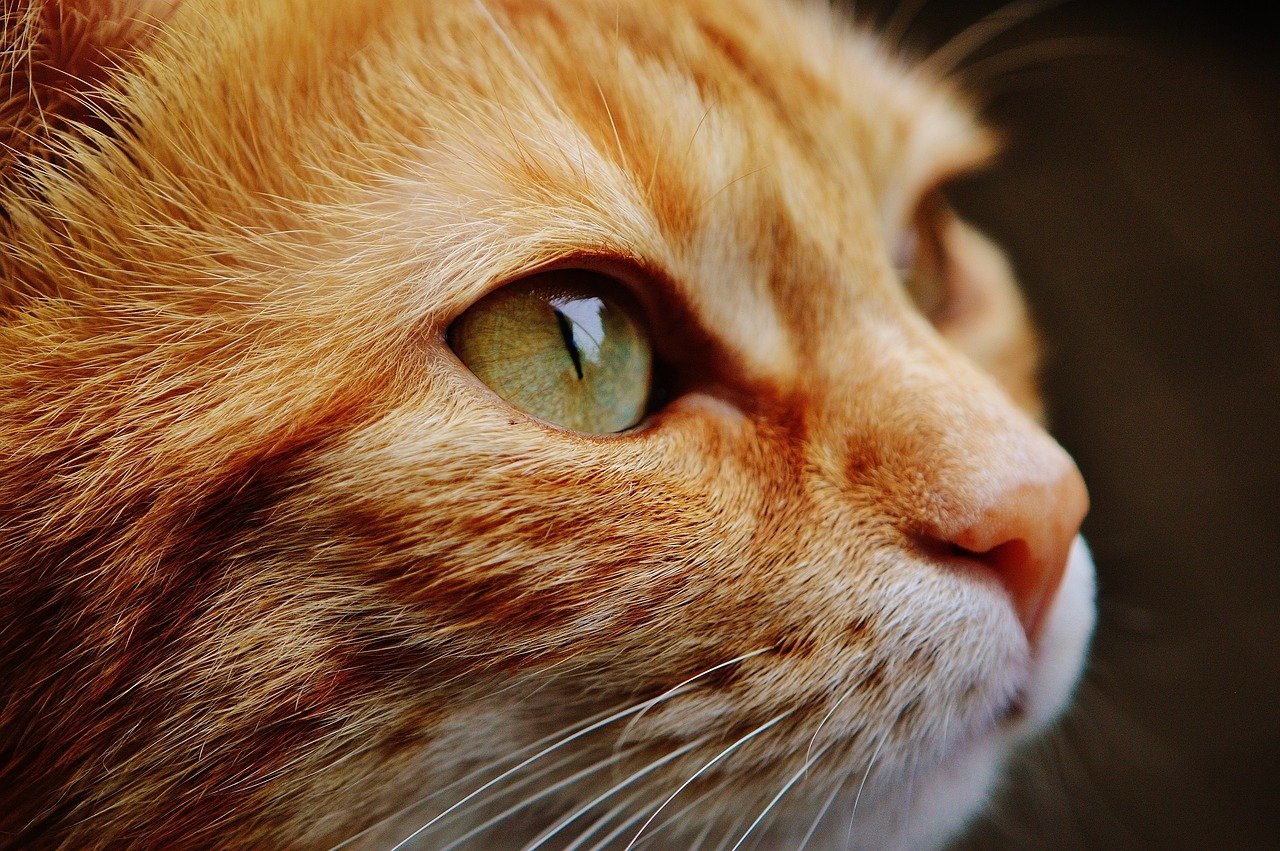
Adding wet food to your cat’s regular dry kibble can transform meal times into a delightful experience. The different textures and moisture content in wet food can be thrilling for cats who usually eat dry food. It’s akin to adding a splash of gravy to plain mashed potatoes, providing a richer flavor and more enjoyable eating experience. Wet food can also help with hydration, as it contains more water than dry kibble—an important factor for cats who may not drink enough water on their own.
Include a Variety of Protein Sources
Cats are obligate carnivores, meaning they require protein to thrive. Introducing a variety of protein sources can make meals more exciting and nutritionally balanced. Think of it like switching between chicken, beef, and fish for your own meals to keep things interesting. Offering diverse proteins like chicken, turkey, fish, or beef can prevent your cat from getting bored and ensure they receive a range of nutrients essential for their health.
Incorporate Cat-Safe Vegetables
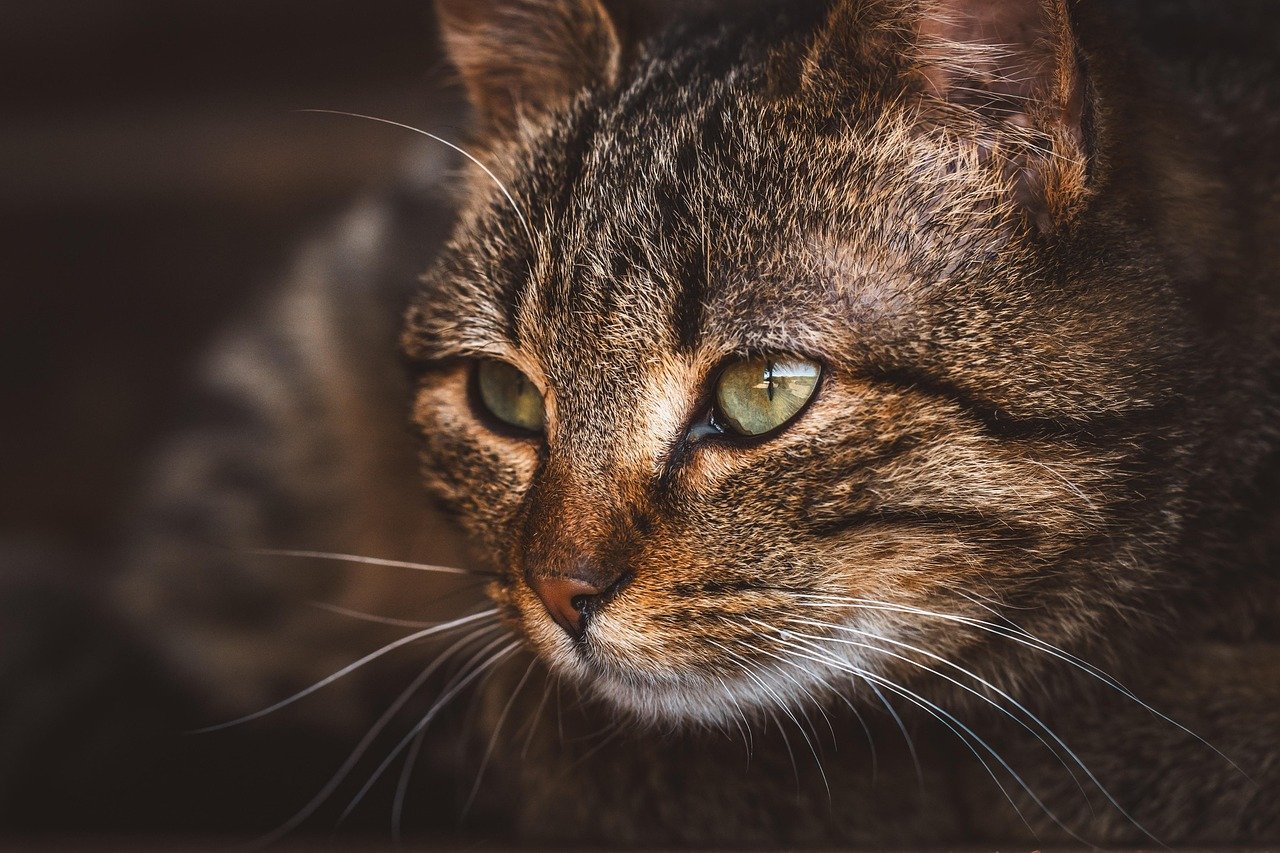
While cats primarily need protein, small amounts of cat-safe vegetables can add texture and intrigue to their meals. Vegetables like peas, carrots, or pumpkin can provide fiber and vitamins that are beneficial to your cat’s digestion. Imagine adding a sprinkle of colorful vegetables to your own dish—it makes it not only more visually appealing but also healthier. Just be sure to research which vegetables are safe and avoid those that are toxic to cats.
Use a Food Puzzle or Interactive Feeder
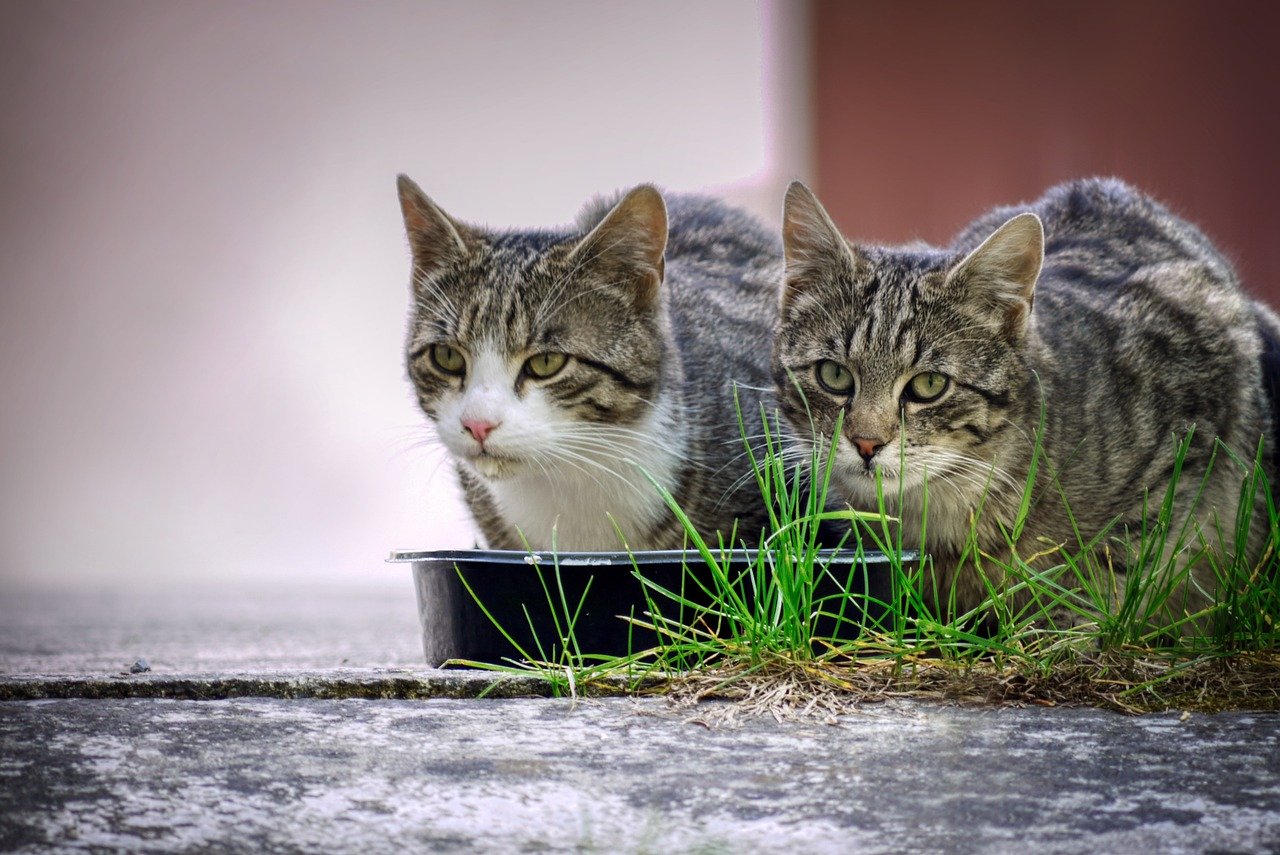
Engage your cat’s natural hunting instincts by using a food puzzle or interactive feeder. These tools transform meal times into a game, making your cat work for their food. It’s like turning a simple jog into an exciting obstacle course. Not only does this provide mental stimulation, but it can also slow down fast eaters, helping to prevent digestive issues. Interactive feeders come in various designs, so you can find one that suits your cat’s personality and skill level.
Sprinkle a Little Catnip
Catnip isn’t just for playtime—it can also be a mealtime enhancer. Sprinkling a little catnip over your cat’s food can make the meal more appealing, especially for those finicky eaters. It’s like adding a dash of your favorite spice to a dish to elevate its flavor. Most cats find catnip irresistible, and it can encourage them to eat with more enthusiasm. Just be sure to use it sparingly to prevent any digestive upset.
Add Broth or Gravy
A splash of chicken or beef broth can make a world of difference in your cat’s meal. The savory aroma and flavor can entice even the most indifferent eater. It’s similar to how a rich, flavorful sauce can transform a plain piece of meat into a gourmet dish. Broth is also a great way to add moisture to your cat’s diet, which is beneficial for their urinary tract health. Make sure to choose low-sodium options and avoid any broths with onions or garlic.
Rotate Flavors Regularly
Keeping your cat’s meals exciting can be as simple as rotating flavors regularly. If you had to eat the same meal every day, you’d likely get bored too. By offering different flavors of food, you can keep your cat’s palate stimulated. Rotate between chicken, fish, beef, and other available flavors to prevent monotony. This practice ensures that your cat doesn’t become too accustomed to one flavor, reducing the risk of them refusing food in the future.
Top with a Small Treat
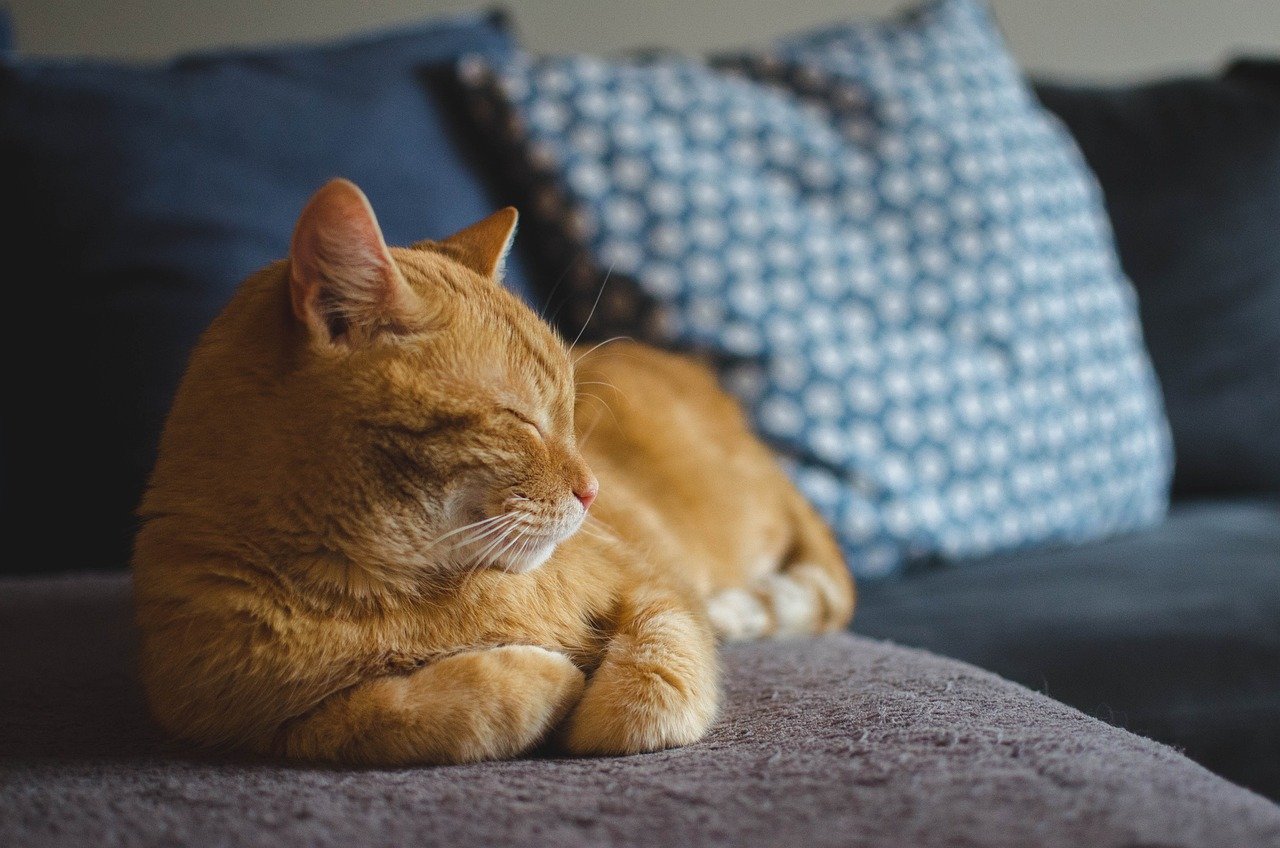
A small treat on top of your cat’s meal can be a delightful surprise. It’s like finding a cherry on top of a sundae. Whether it’s a piece of freeze-dried meat or a special cat treat, this small addition can make the meal feel extra special. Just be cautious with the portion size to avoid overfeeding. This approach can also be a useful tool to encourage cats who are reluctant to eat.
Offer Homemade Delicacies
Every now and then, treat your feline friend to a homemade meal. Preparing a simple dish with ingredients you know they enjoy can be a wonderful surprise. It’s like baking a homemade pie for someone you love—it shows care and effort. Ensure that the recipe is safe and includes all the necessary nutrients. Homemade meals should be offered occasionally and not replace a balanced commercial diet.
Introduce New Textures
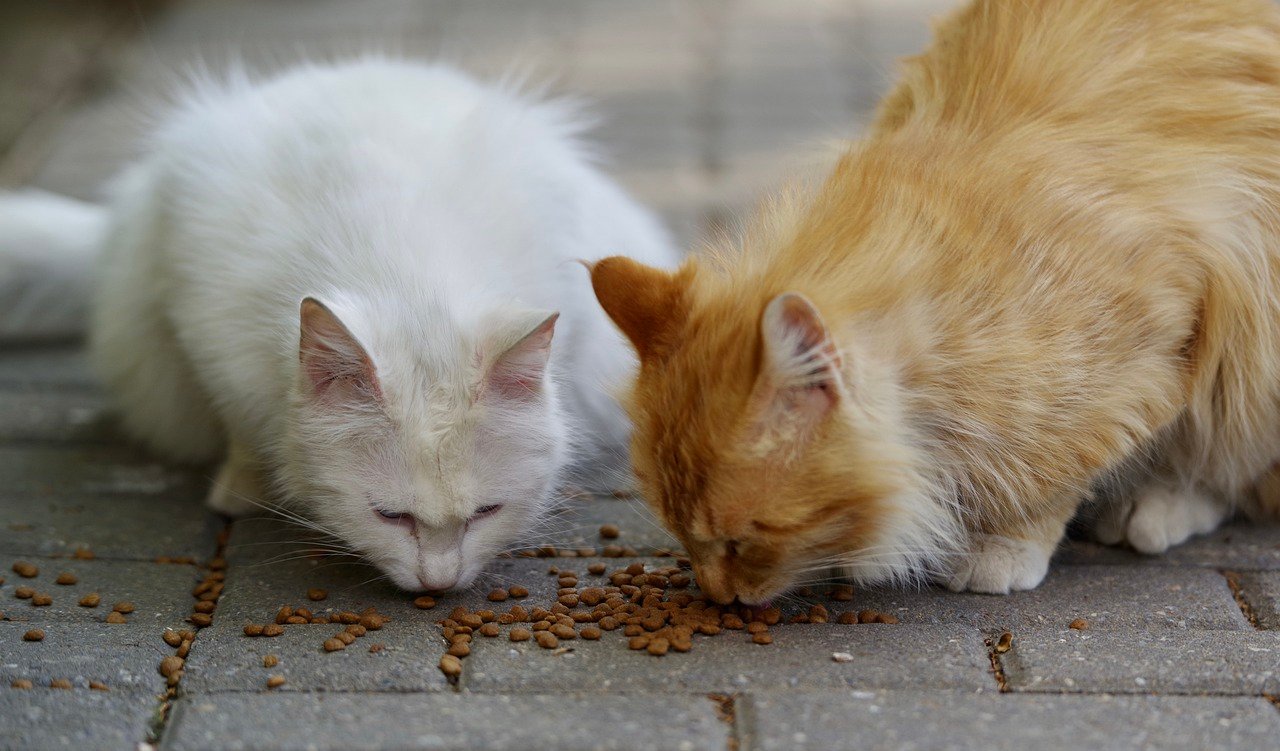
Texture can play a significant role in how much your cat enjoys their meal. Introducing new textures, such as chunks, pates, or shredded options, can add excitement. Think of it as the difference between creamy and crunchy peanut butter. Some cats prefer smoother textures, while others enjoy a bit of crunch. Experimenting with different textures can help you discover what your cat prefers, making meal times more enjoyable for them.
Garnish with Fish Oil
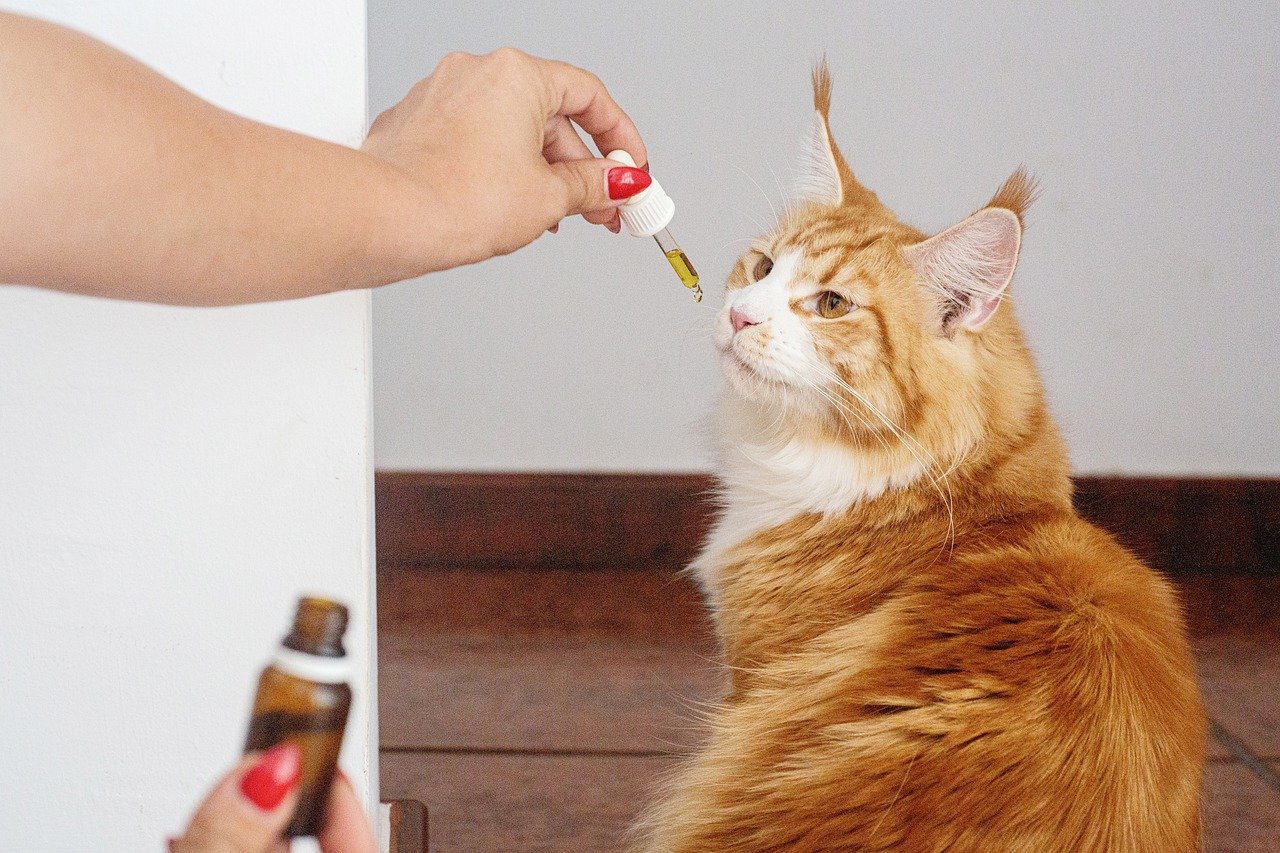
Fish oil is not only beneficial for your cat’s coat and skin but can also enhance the flavor of their meals. A small drizzle of fish oil can make the meal smell irresistible, similar to how a hint of olive oil can elevate a salad. Fish oil contains omega-3 fatty acids that support joint health and reduce inflammation. Ensure that you use a cat-safe fish oil and adhere to the recommended dosage.
Serve at the Right Temperature
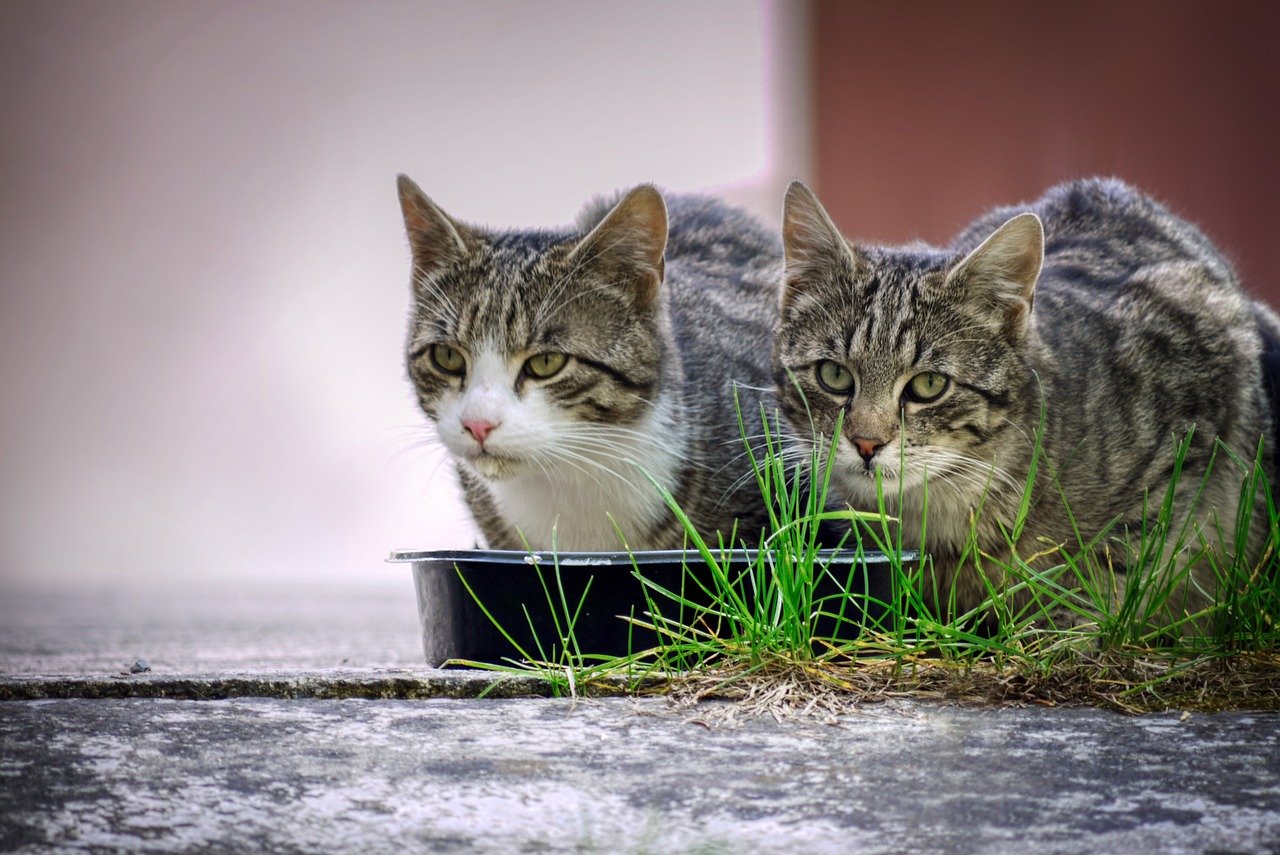
The temperature of your cat’s food can affect their willingness to eat. Serving food at room temperature can release more aroma and flavor, making it more appealing. It’s like preferring a warm bowl of soup over a cold one. If you’re serving food straight from the fridge, consider warming it slightly (without cooking) to enhance its appeal. Just be sure it’s not too hot to avoid burns.
Incorporate a Feeding Schedule
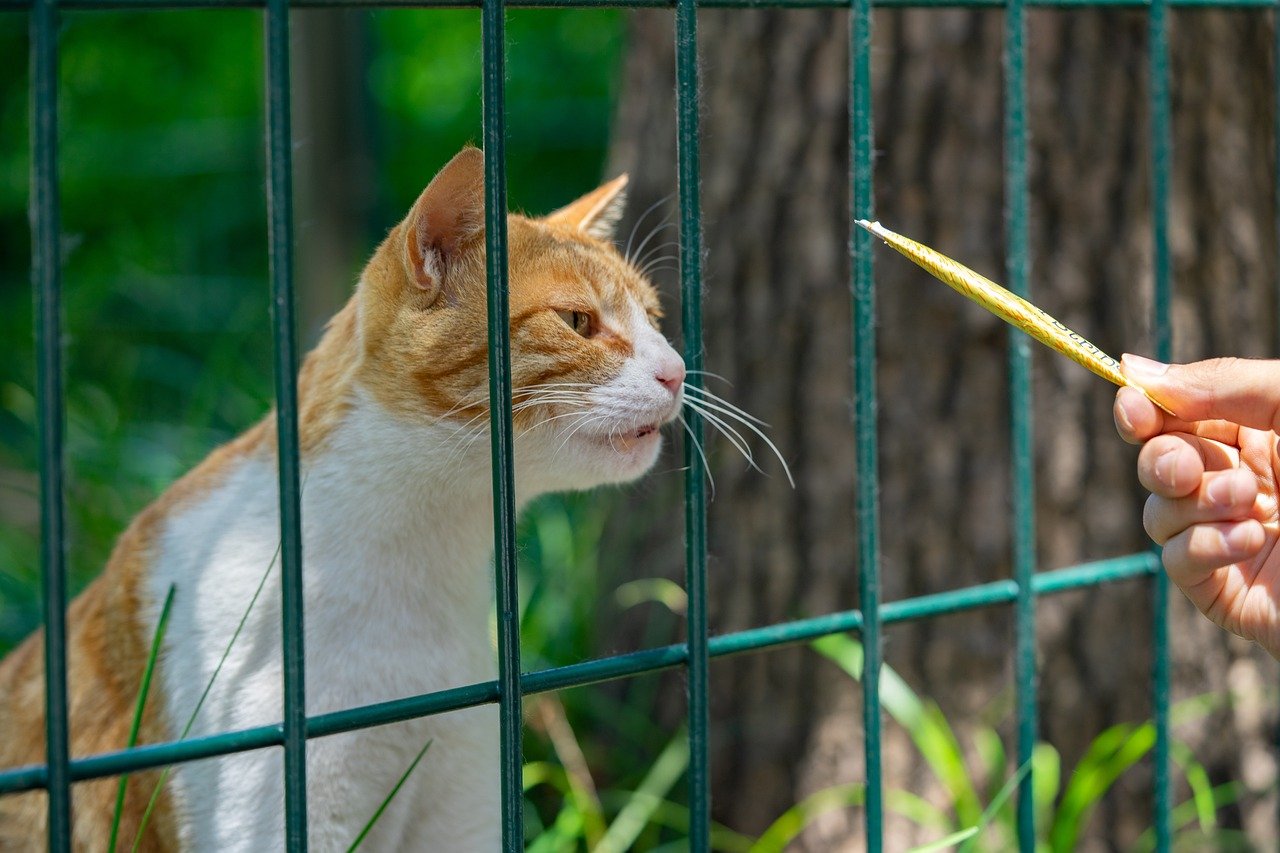
Establishing a feeding schedule can create anticipation and excitement around meal times. Cats thrive on routine, and knowing when to expect their meals can make them more eager to eat. It’s similar to looking forward to a meal after a long day of work. A consistent feeding schedule also helps prevent overeating and aids in maintaining a healthy weight.
Use a Different Bowl or Location
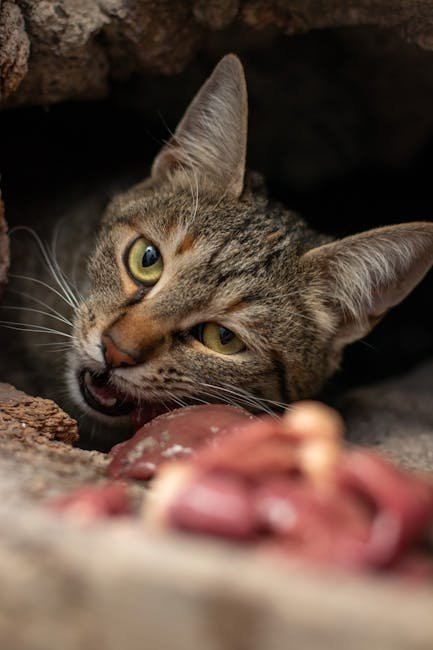
Sometimes, a simple change in the feeding environment can spark interest. Try serving your cat’s meal in a different bowl or at a new location. It’s akin to dining at a new restaurant instead of your usual spot. Changing the feeding environment can break the monotony and make meal times more intriguing. Ensure the new location is quiet and free from distractions to help your cat focus on their meal.
Involve Your Cat in Meal Preparation
Allowing your cat to be part of the meal preparation process can build excitement. This could mean letting them sniff the ingredients or watch as you prepare their food. It’s like involving a child in baking cookies—they get excited just being part of the process. This involvement can increase their interest in the food and make them more eager to eat. Just ensure all ingredients are safe and keep sharp objects out of reach.
Try a New Brand or Recipe
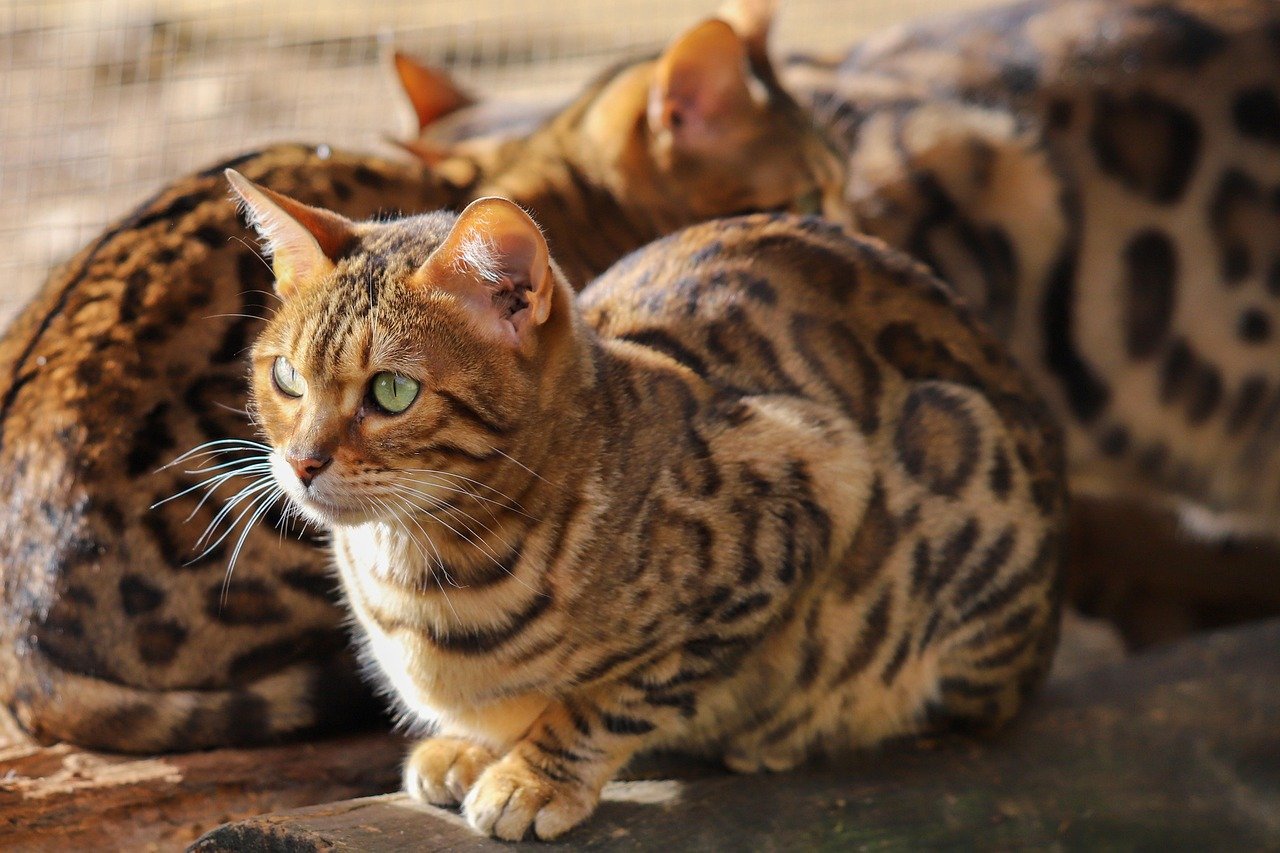
If your cat seems uninterested in their current food, trying a new brand or recipe might be the solution. Novelty can be enticing, much like how trying a new restaurant can be refreshing. Look for high-quality brands that offer balanced nutrition. Transition slowly to prevent digestive issues, mixing the new food with the old to allow your cat to adjust.
Make Meal Time Interactive
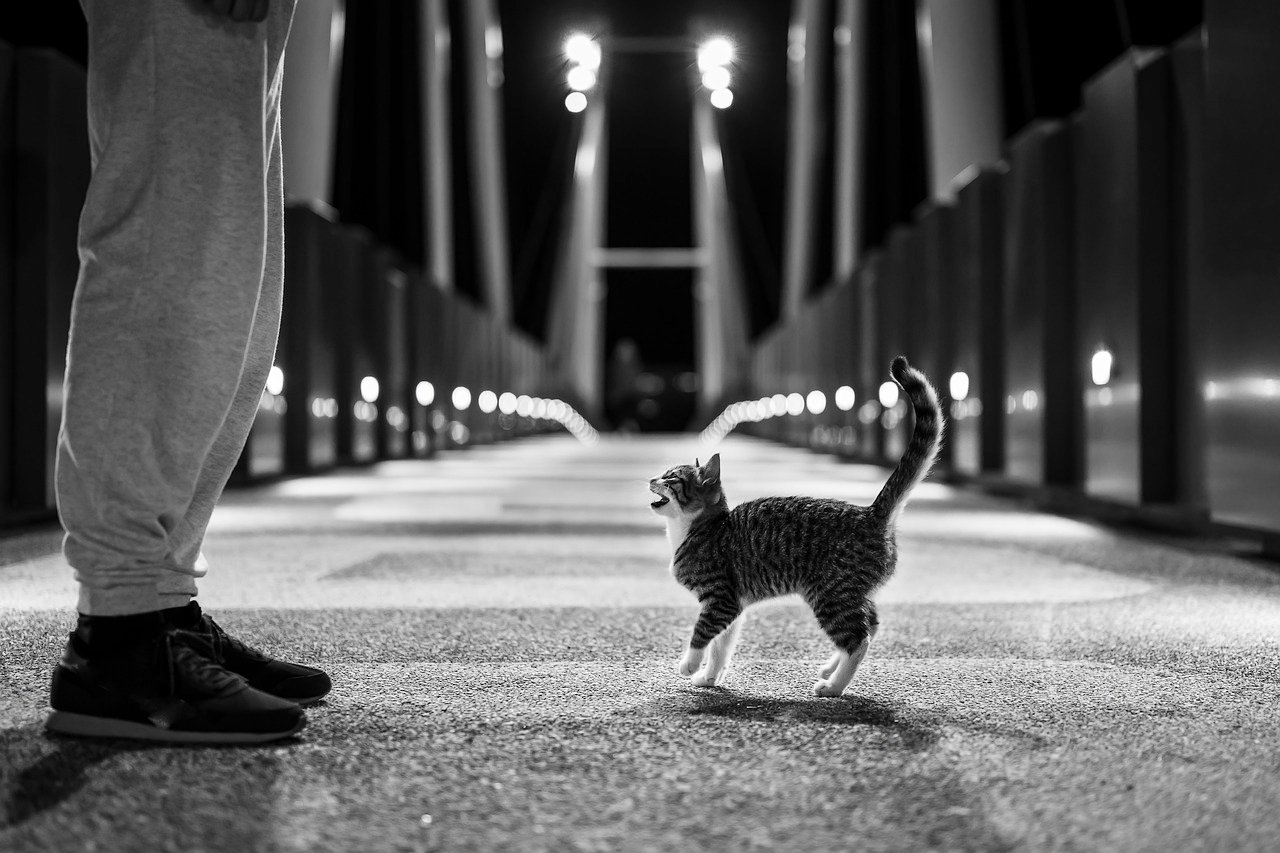
Turn meal time into a bonding experience by interacting with your cat. Use toys or play before meals to mimic the hunt-and-eat sequence that occurs in the wild. It’s like starting a meal with an appetizer, building anticipation for the main course. This interaction can enhance their appetite and make meals more rewarding. Playtime also offers physical and mental stimulation, essential for a happy, healthy cat.
Monitor and Adjust Portions
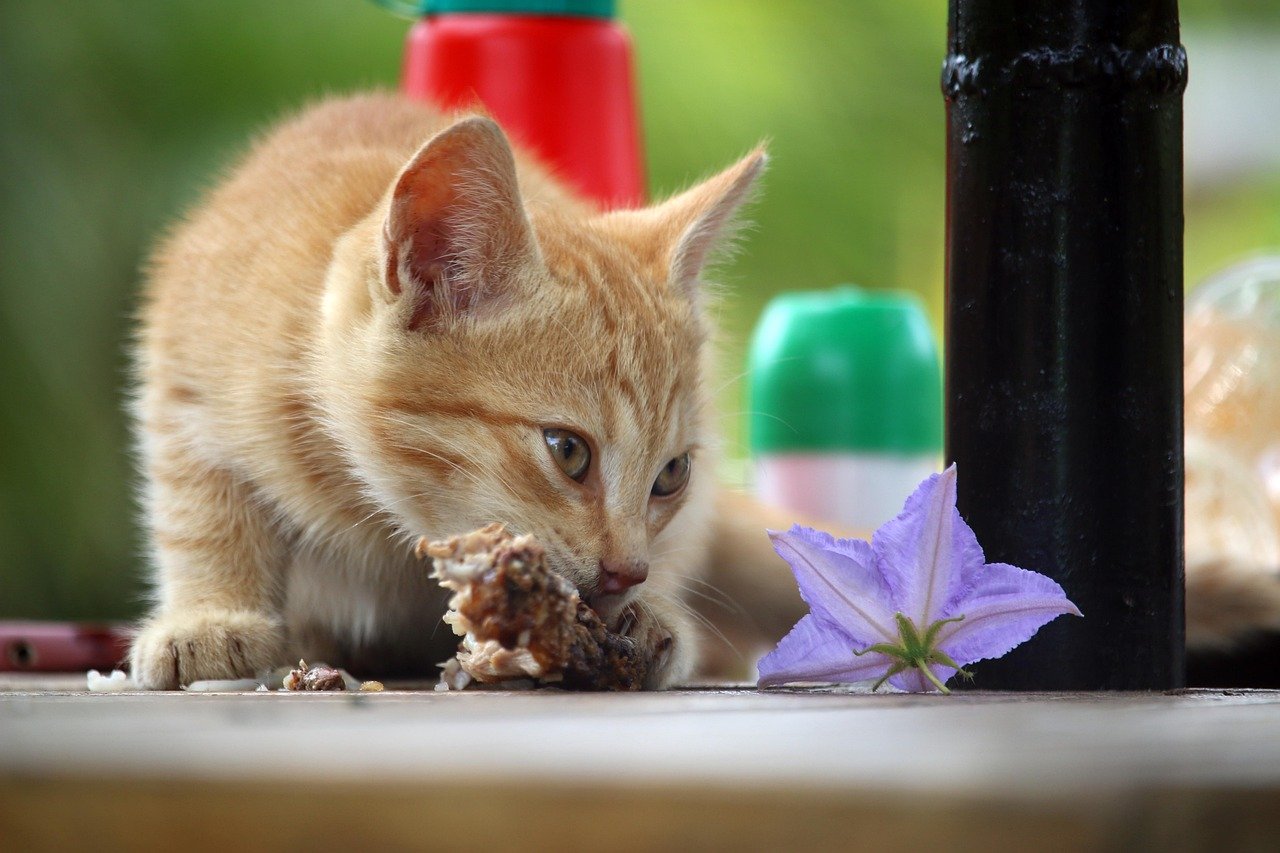
Pay attention to your cat’s eating habits and adjust portions accordingly. Overfeeding can lead to weight gain, while underfeeding can result in nutritional deficiencies. It’s like managing your own diet to ensure you’re getting the right balance of nutrients. Regularly check your cat’s weight and consult with a vet to determine the ideal portion size. Adjust as needed to maintain a healthy weight and optimal health.
Observe and Respond to Preferences
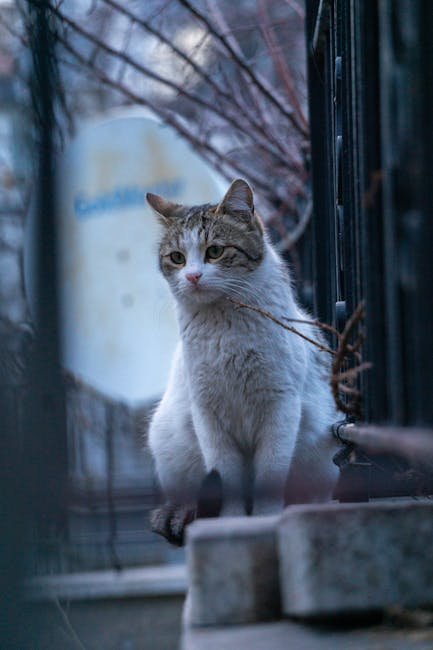
Every cat is unique, with their own likes and dislikes. Observing your cat’s reactions to different foods can help you tailor meals to their preferences. It’s similar to discovering your own favorite foods by trying a variety of dishes. Pay attention to what they enjoy and what they leave behind. This knowledge allows you to create meals that are both nutritious and enjoyable, fostering a happy and healthy eating experience.
Incorporating these easy methods can make meal times more enjoyable for your feline companion, ensuring they remain healthy and happy. By keeping their meals interesting, you can build a stronger bond and enhance their quality of life.
Hi, I’m Bola, a passionate writer and creative strategist with a knack for crafting compelling content that educates, inspires, and connects. Over the years, I’ve honed my skills across various writing fields, including content creation, copywriting, online course development, and video scriptwriting.
When I’m not at my desk, you’ll find me exploring new ideas, reading books, or brainstorming creative ways to solve challenges. I believe that words have the power to transform, and I’m here to help you leverage that power for success.
Thanks for stopping by, Keep coming to this website to checkout new articles form me. You’d always love it!






